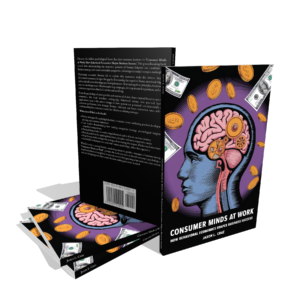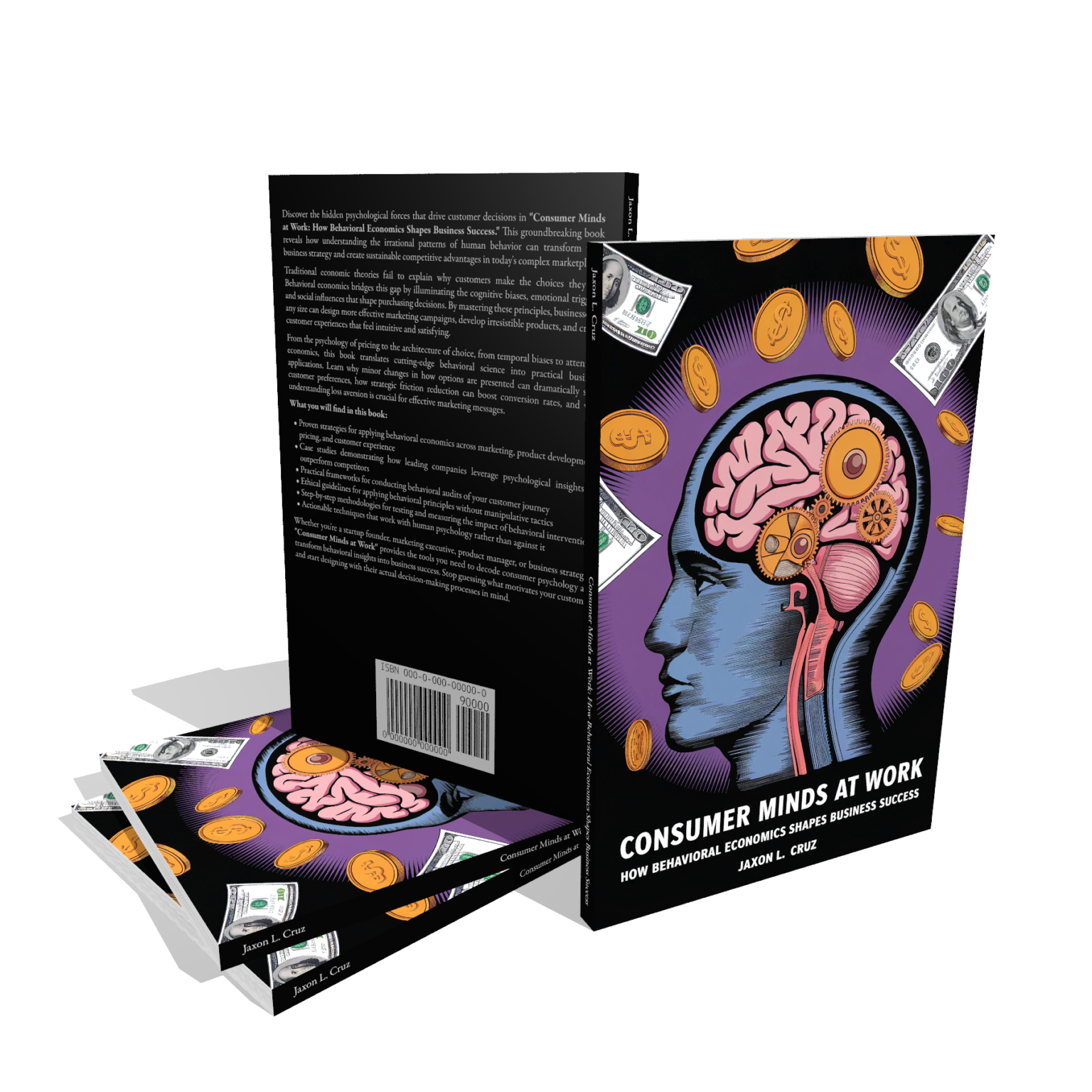Consumer Minds at Work Review – Complete Guide to Behavioral Economics in Business Success

Behavioral economics revolutionizes how businesses understand consumer decision-making and drive unprecedented growth. If you’ve ever wondered why customers make seemingly irrational purchasing choices or struggled to create marketing campaigns that truly resonate with your target audience, you’re facing the exact challenges that behavioral economics was designed to solve. Traditional economic models assume consumers make logical, calculated decisions, but the reality is far more complex and fascinating.
“Consumer Minds at Work: How Behavioral Economics Shapes Business Success” bridges the critical gap between psychological insights and practical business applications. Unlike academic texts that focus on theory, this comprehensive guide provides actionable strategies for leveraging cognitive biases, emotional triggers, and social influences to enhance your marketing effectiveness and customer engagement. The book reveals how small adjustments in presentation can yield substantial impacts on consumer behavior, transforming your approach to everything from pricing strategies to customer experience design.
What You’ll Discover
- Master Cognitive Bias Recognition: Learn to identify and leverage key behavioral patterns like loss aversion, anchoring effects, and social proof to create more compelling marketing messages that drive conversions
- Discover Psychological Pricing Strategies: Understand how consumers perceive value and make purchasing decisions, enabling you to optimize pricing psychology for maximum profitability and customer satisfaction
- Transform Customer Journey Mapping: Apply behavioral insights to eliminate friction points and create intuitive experiences that guide customers naturally toward desired actions
- Overcome Decision-Making Barriers: Implement proven frameworks for reducing choice overload and simplifying complex decisions that prevent customers from completing purchases
- Ethical Persuasion Techniques: Develop responsible marketing approaches that enhance customer welfare while achieving business objectives through transparent behavioral design principles
- Measure Behavioral Intervention Impact: Learn systematic methods for testing and quantifying the effectiveness of behavioral economics applications on your bottom line and customer satisfaction metrics
Why This Book Matters
The integration of behavioral economics into business strategy represents a fundamental shift from hoping customers will behave rationally to designing experiences that work with human psychology. This transformation enables companies to achieve remarkable improvements in conversion rates, customer loyalty, and long-term profitability while actually enhancing customer satisfaction. The book provides essential frameworks for conducting behavioral audits of your current customer journey, identifying specific areas where psychological insights can eliminate barriers and improve outcomes.
Rather than manipulative tactics, you’ll discover ethical approaches that create win-win scenarios where improved business results align with better customer experiences. The practical case studies demonstrate how leading companies have successfully implemented these principles across industries, providing concrete examples you can adapt to your specific business context. Whether you’re struggling with low conversion rates, high customer acquisition costs, or difficulty differentiating from competitors, behavioral economics offers proven solutions that work with human nature rather than against it.
Key Features
This comprehensive ebook spans multiple detailed chapters covering cognitive biases, emotional triggers, choice architecture, and practical implementation strategies. Available as an instant digital download, you’ll receive immediate access to behavioral audit frameworks, testing methodologies, and step-by-step implementation guides. The format allows for easy reading on any device, with printable exercises for hands-on practice applying behavioral insights to your specific business challenges. Also available as audiobook on Google Play Books and Spotify for convenient listening during commutes or workouts, making it easy to absorb these transformative concepts during your daily routine.
Frequently Asked Questions
How can small businesses implement behavioral economics without large research budgets?
Small businesses can leverage existing behavioral research and use simple A/B testing tools to experiment with psychological principles. The book provides practical frameworks for conducting behavioral audits and implementing cost-effective interventions that deliver measurable results without requiring expensive market research.
Will applying behavioral economics principles feel manipulative to customers?
The book emphasizes ethical application that enhances customer welfare rather than exploiting psychological vulnerabilities. When implemented transparently and responsibly, behavioral insights improve user experience by removing friction and helping customers make decisions aligned with their actual preferences and long-term interests.
How quickly can businesses see results from implementing behavioral economics strategies?
Many behavioral interventions can be tested and implemented rapidly, with results visible within weeks through digital channels. The book provides measurement frameworks for tracking both immediate conversion improvements and longer-term customer satisfaction metrics to ensure sustainable business growth.
Get Your Copy Today
Transform your business strategy with this comprehensive guide to behavioral economics applications. Available for instant download at just $6.99, this ebook provides exceptional value compared to expensive consulting services or lengthy courses that cost thousands of dollars. Also available as audiobook on Google Play Books and Spotify for flexible learning. Purchase your copy through all major ebook retailers including Apple Books, Barnes & Noble, and Kobo to begin revolutionizing your customer engagement and driving sustainable business growth today.
Watch the Video Review

